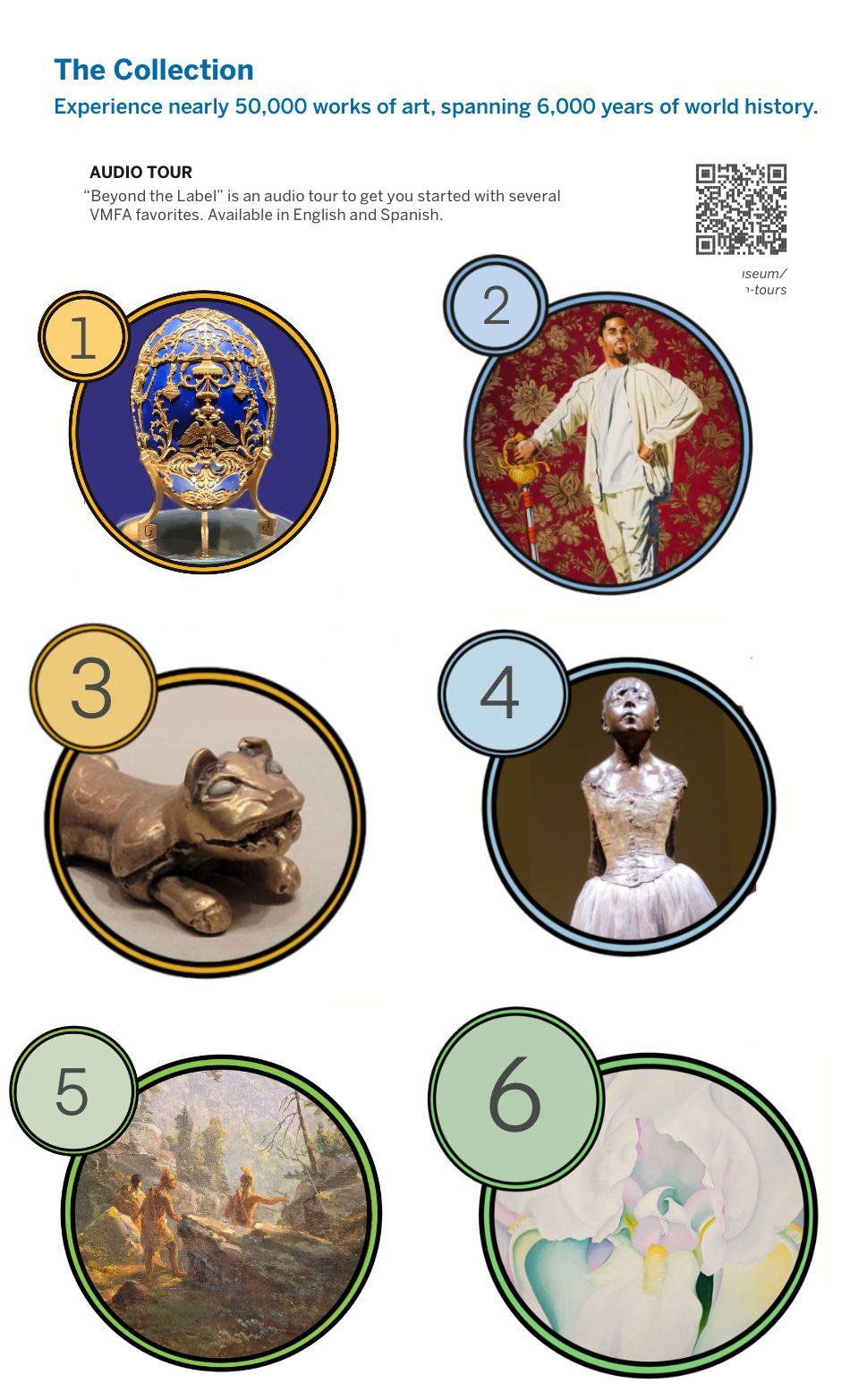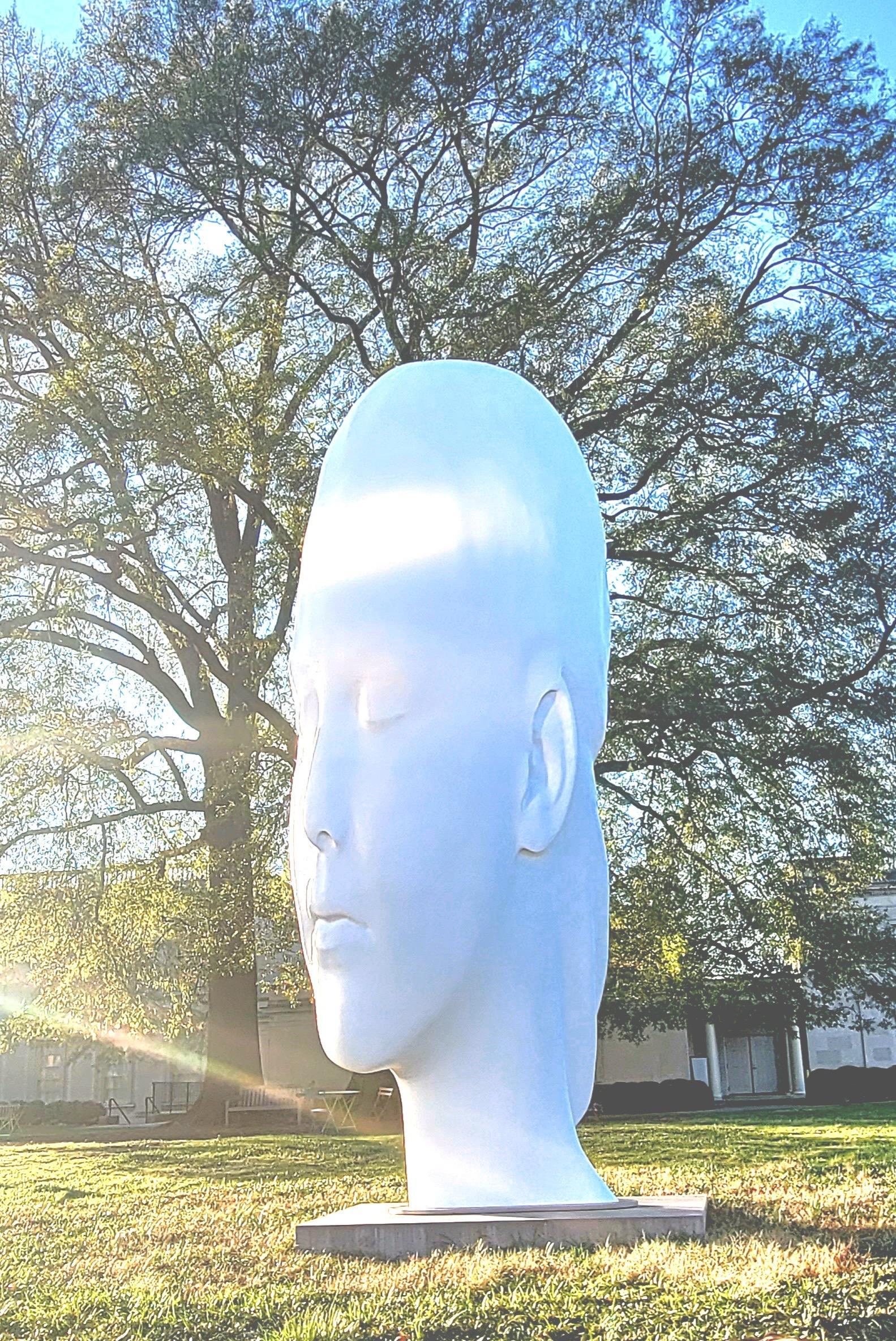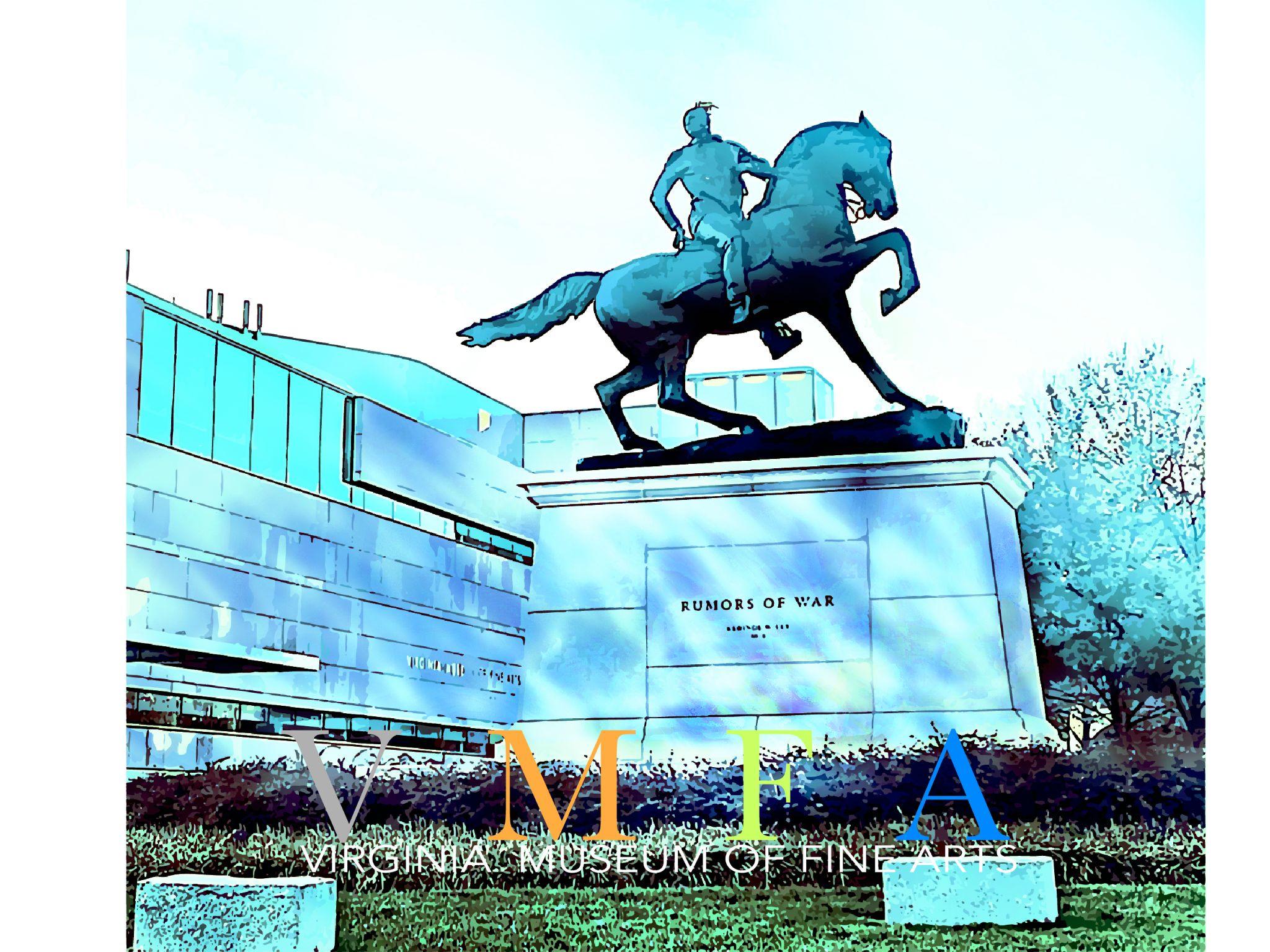



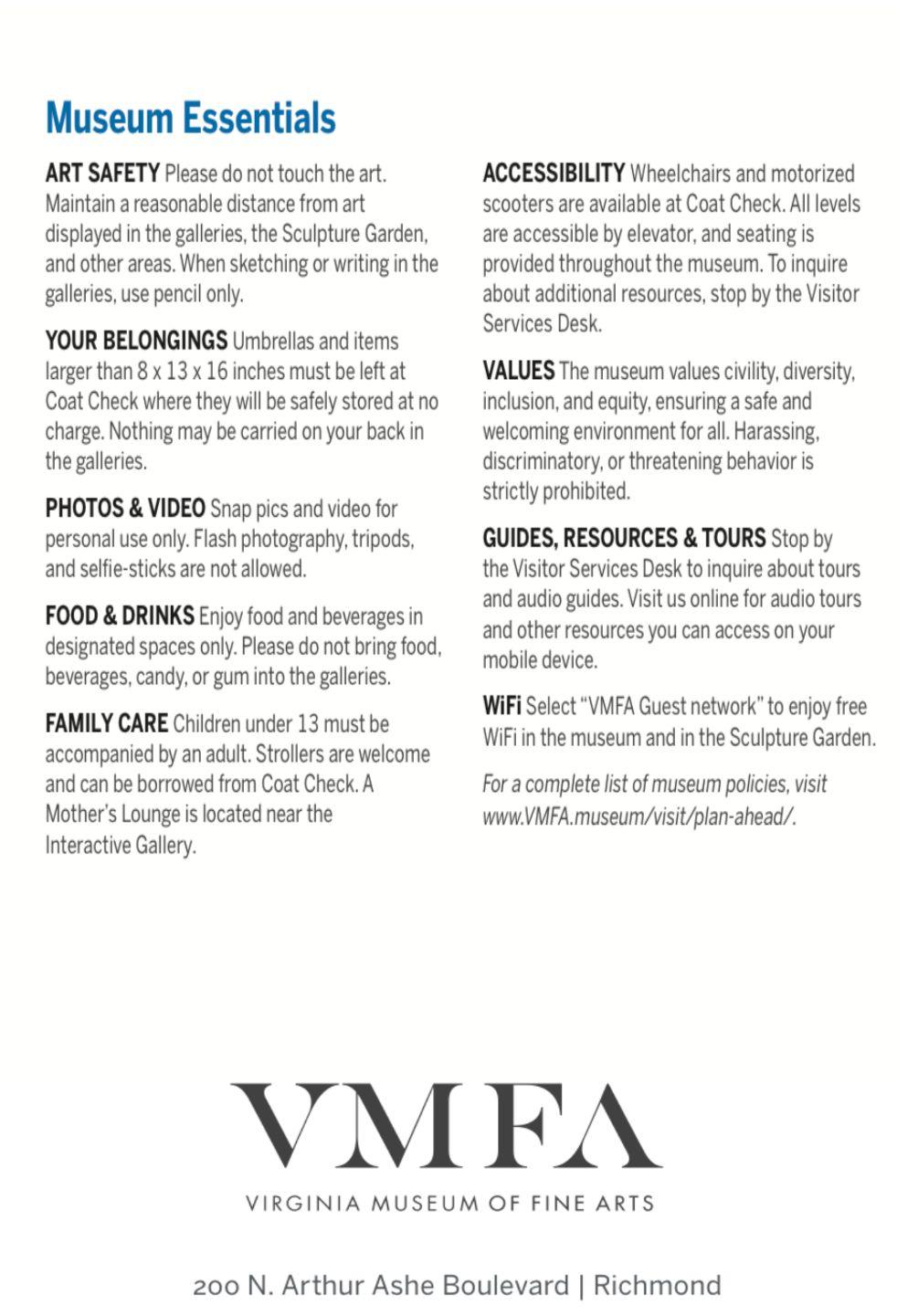

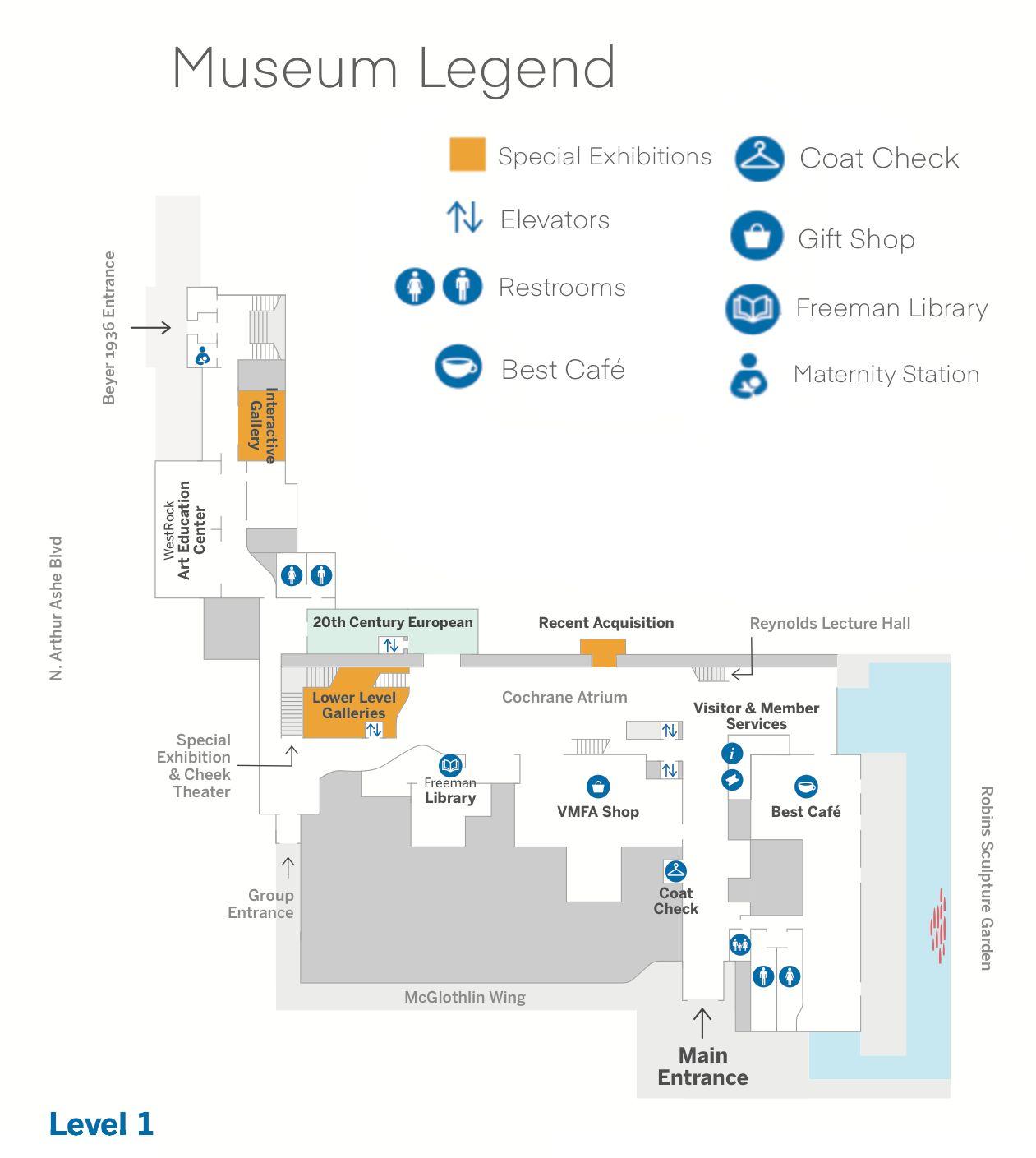
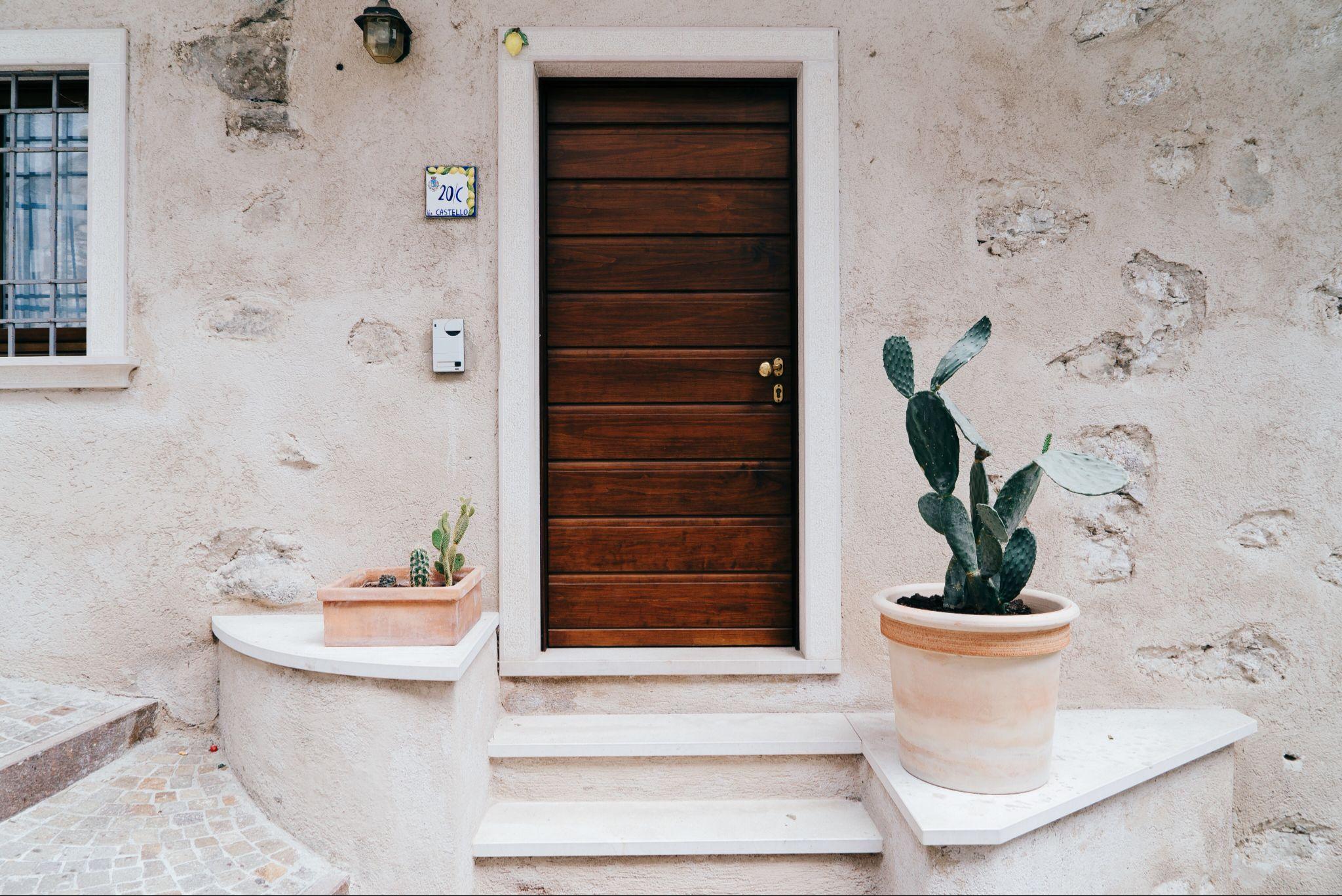
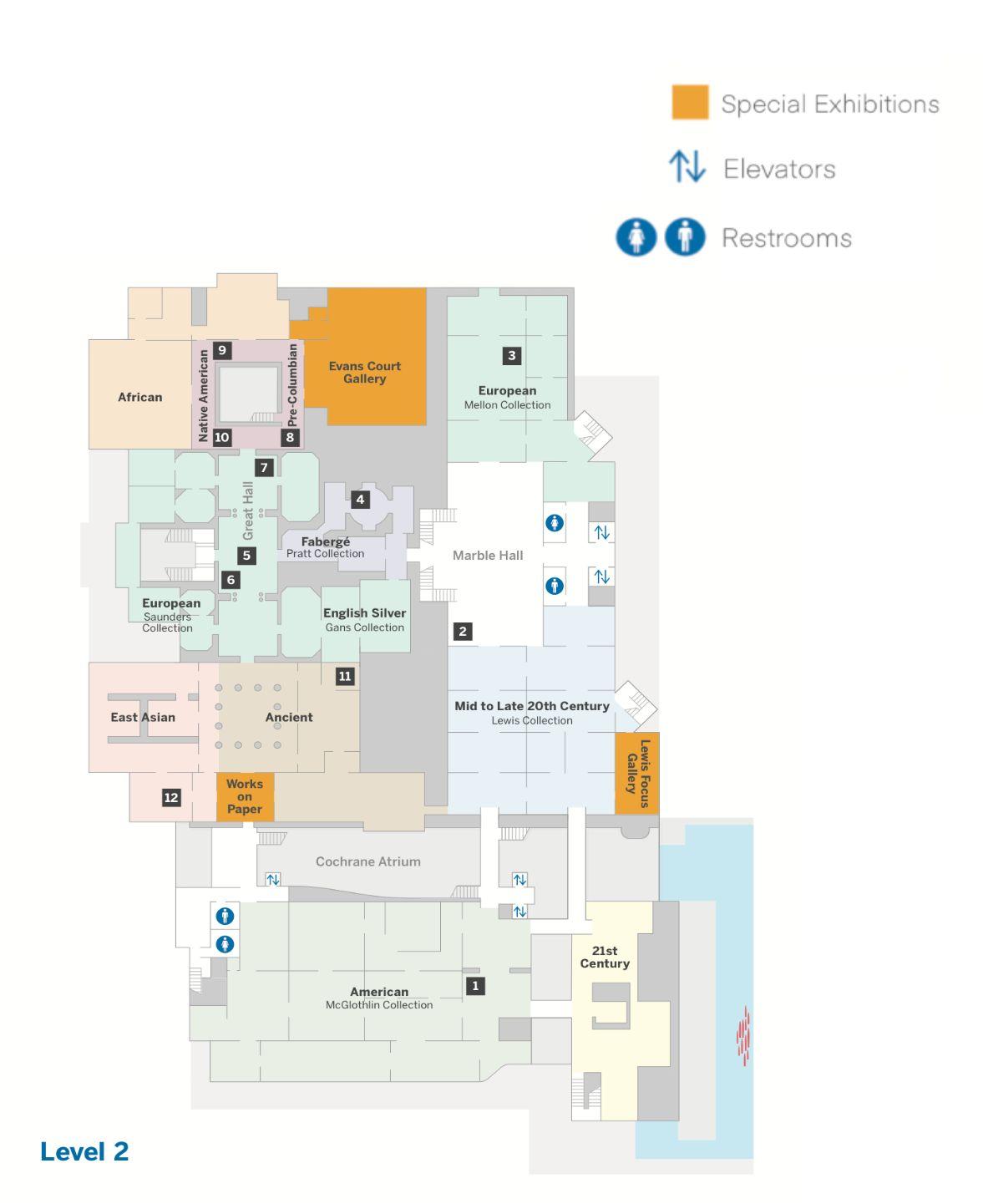
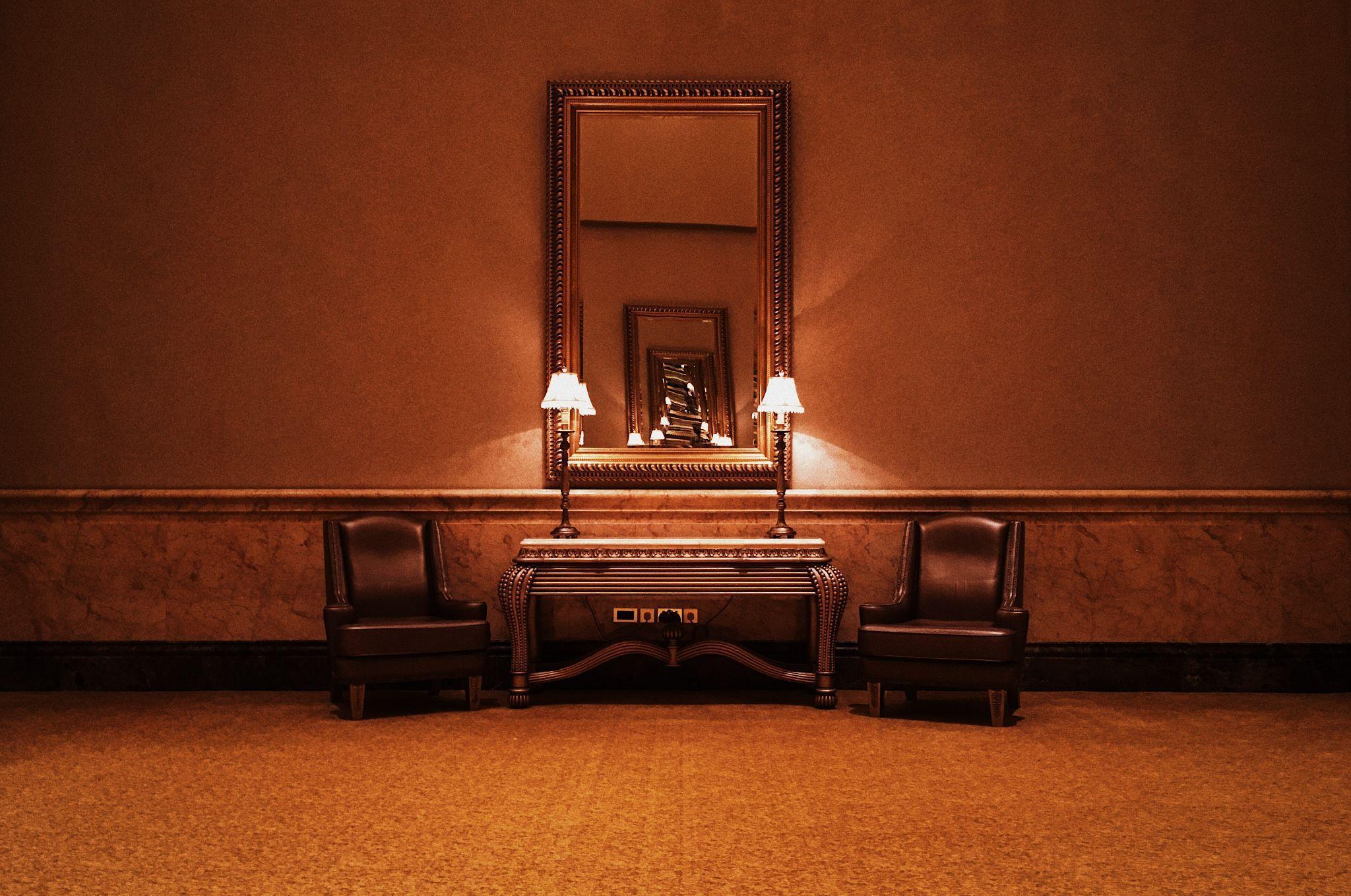

Imperial Tsarevich Easter Egg (1912)
The Egg is set with the Tsarevich monogram and the date of the miniature is of the 7 year old czarevitch, Alexis; whose hemophilia as a source of constant concern for the family and what ultimately lead to the downfall of the dynasty.
Faberge Firm, Russian, 1842-1917
Location: Faberge Pratt Collection, Great Hall, 2nd floor
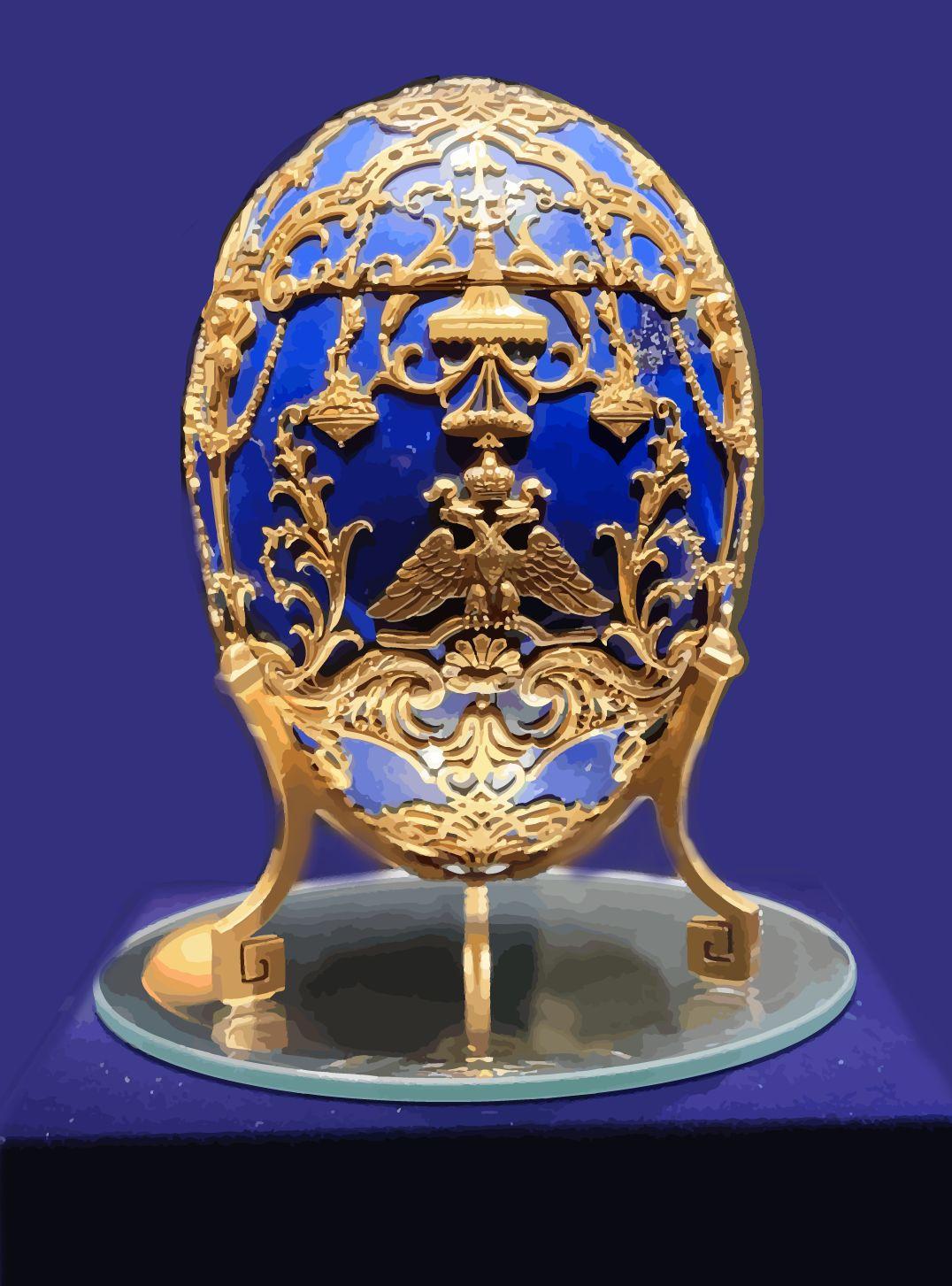 Photo by Johannes Hulsch
Photo by Johannes Hulsch
Willem Van Heythuysen (Kehinde Wiley)
The portrait of Willem Van Haythusen references a 1625 painting of a dutch merchant by Frans Hals. Wiley’s subject from Harlem, NYC, here takes the name of the original sitter from Haarleem, the Netherlands. Wiley’s lavish, larger than life images of African American Men play on old master paintings. His realistic portraits offer a spectacle and beauty of traditional european art while simultaneously critiquing the exclusion of people of color.
Kehinde Wiley, 2005
Location: Great Hall, 2nd Floor
 Photo by Claudiu Maxim
Photo by Claudiu Maxim
Jaguar (Peru,Moche/ 4000-100 BCE)
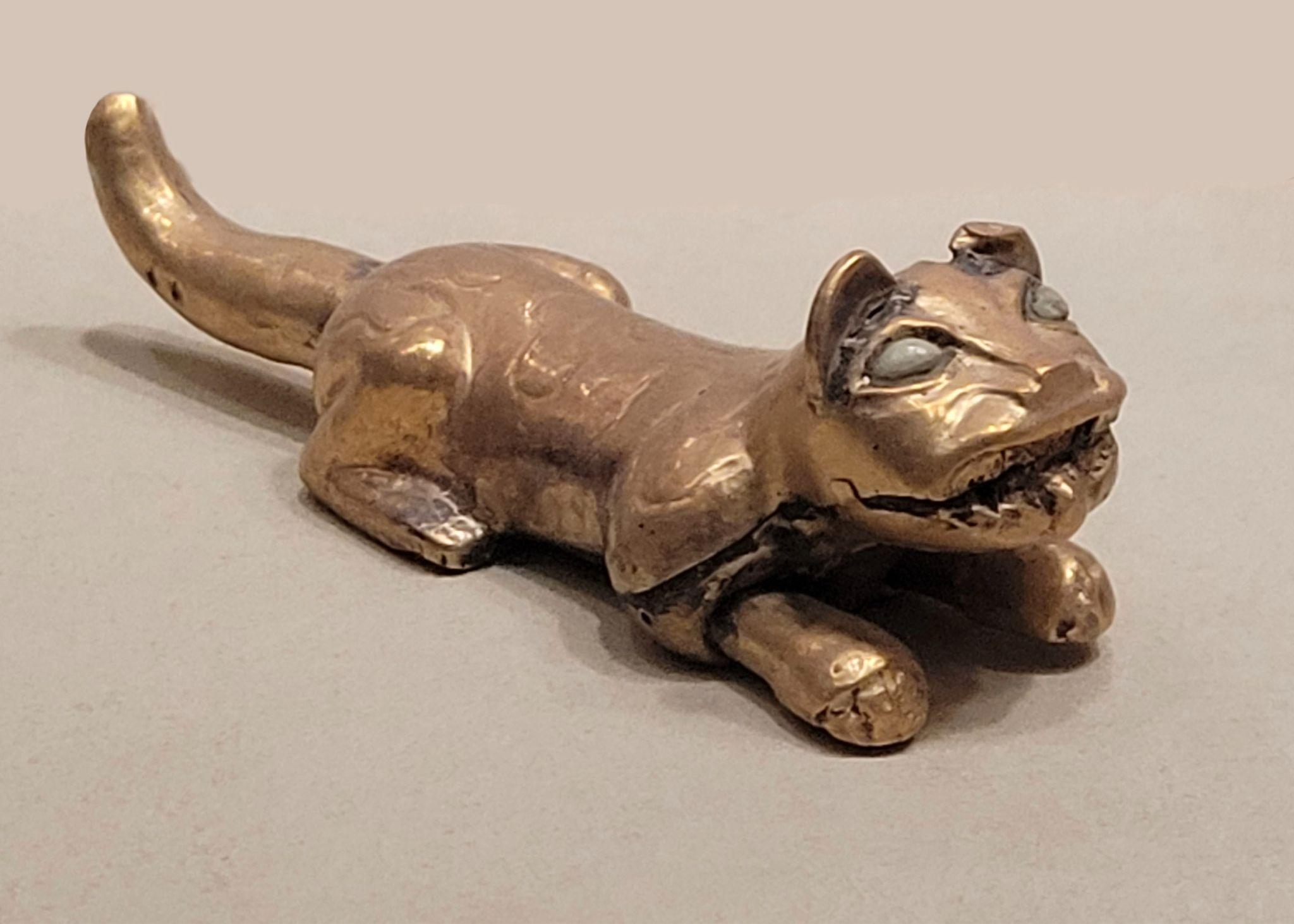
Moche is the central valley of the North Coast of Peru. This Puma/Jaguar is a revered figure of Moche art/culture, the capital city of Cuzco from an aerial view has a distinctive look similar to that of a Puma/Jaguar
Artist Unknown (400-100 BCE)
Location: Evans court galley, Pre-colombian artifacts, 2nd floor
Coffin of Tjeby (Egyptian/ 3rd millennium BC)
The painted wooden coffin, containing the mummy of Tjeby the Young, was discovered in 1923 by a team of archaeologists who were excavating sites on the east bank of the Nile at the Naga ed-Deir. The design of the sarcophagus is typical of those produced in the 1st intermediate period, though simple in appearance, the coffin was made for an aristocrat. The eyes painted on the exterror face east, the direction of the sun.
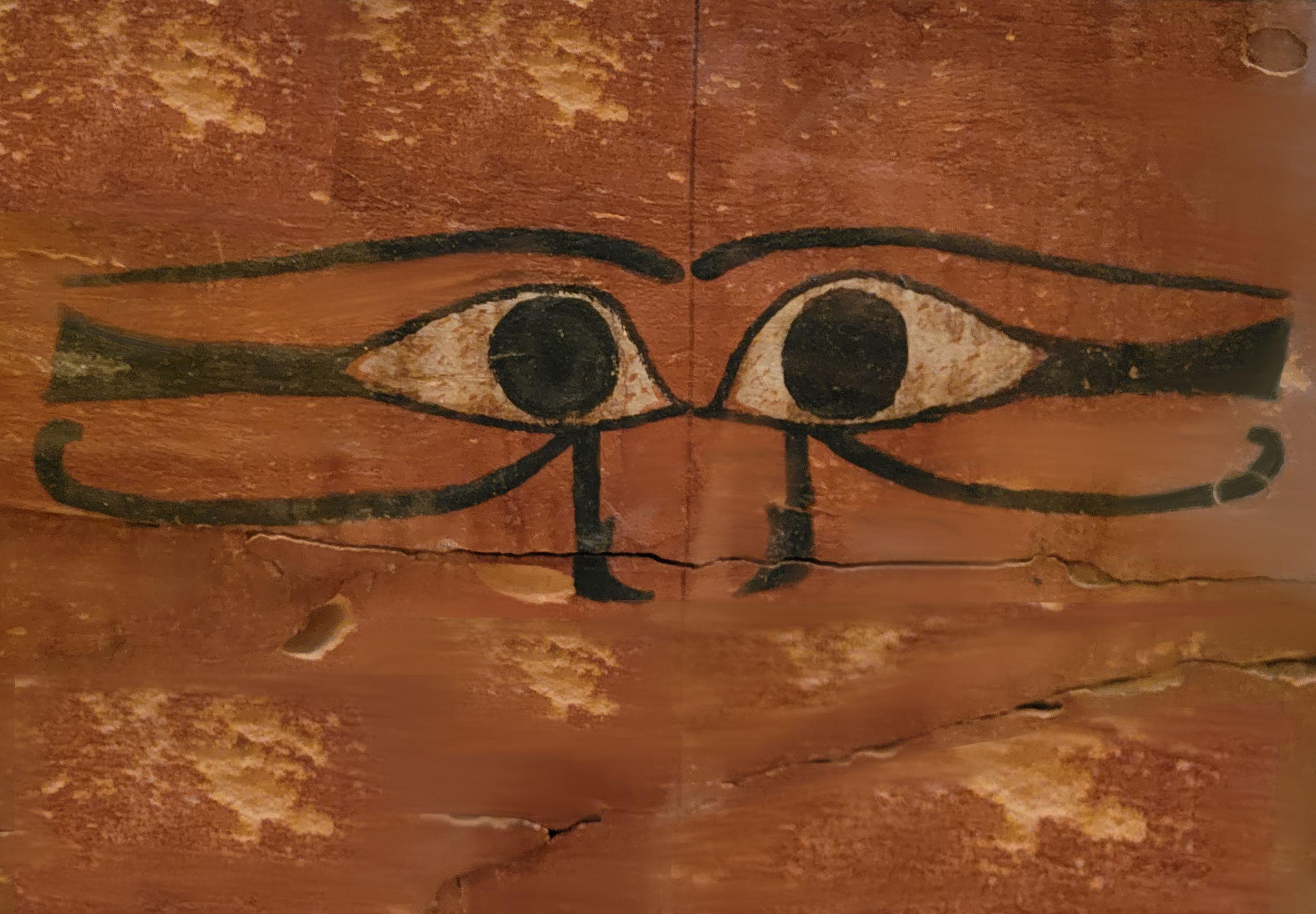
Artist Unknown (3rd millennium BCE)
Location:
Ancient galleries, Egyptian artifacts, 2nd floor
Little Dancer Aged Fourteen (Edgar Degas)
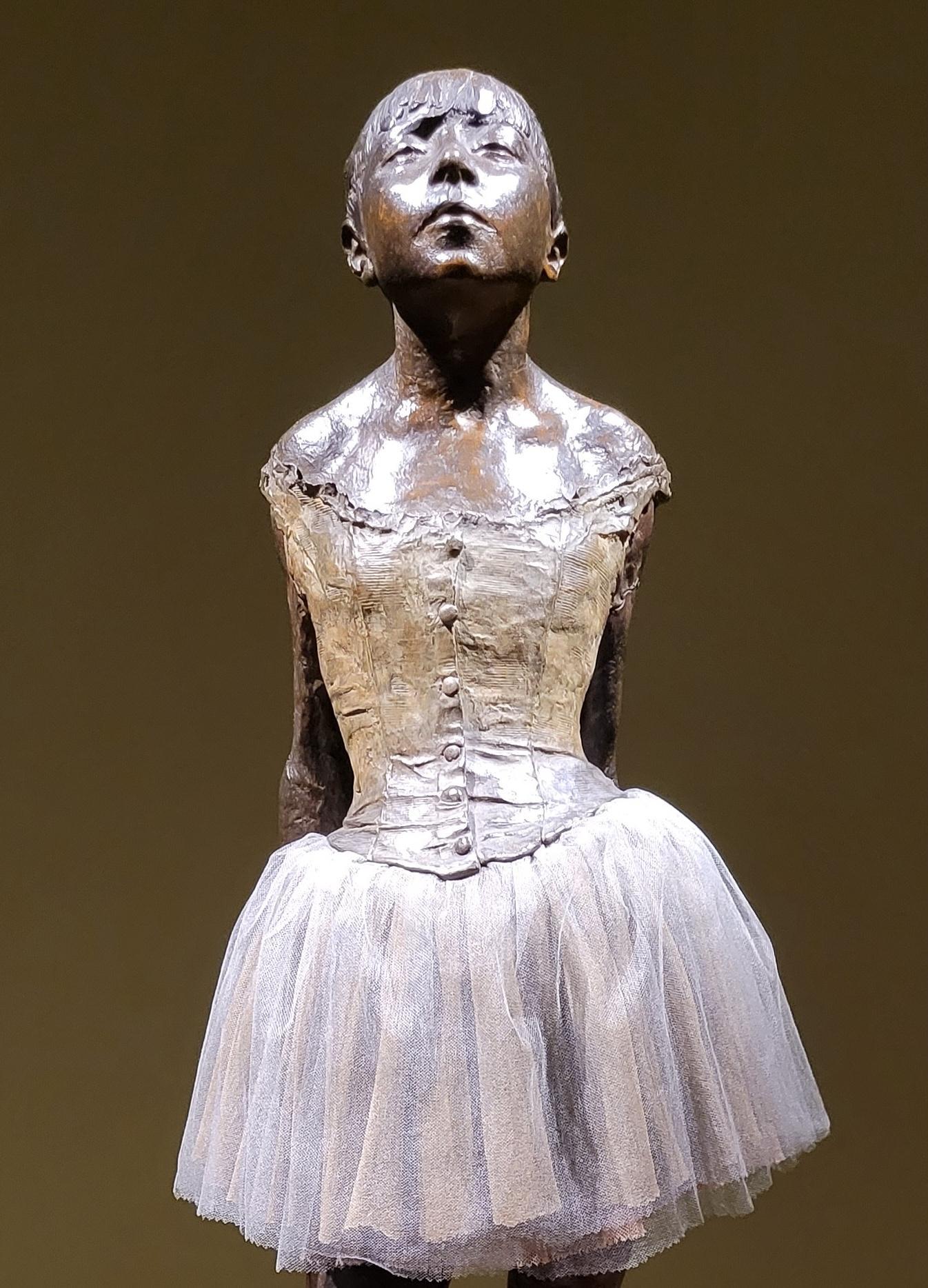
Edgar Degas’
admiration for the performing arts of the ballerinas at the opera caught his creative vision. His subject, Marie Van Goethen, a 14 year old aspiring ballerina garnished much controversy upon presenting the first cast. He remodeled it in the early spring of 1880. It was the only sculpture of his ever considered “finished” as the pedestal made for it was to be seen by the public
Edgar Degas (1922)
Location: Mellon
european collection, Marble hall, 2nd floor
Photo by Johannes HulschWhite Iris (Georgia O’keeffe)
Georgia O’keeffe’s personally expressive imagery was fundamentally rooted in nature, and flowers remained her favorite subject throughout her career. White Iris’ elegantly sensuous curves and subtle pastel hues flirted with a greater degree of abstraction

Georgia O’keeffe (1930)
Location: American/21st C gallery, 2nd floor
Photo by Claudiu Maxim